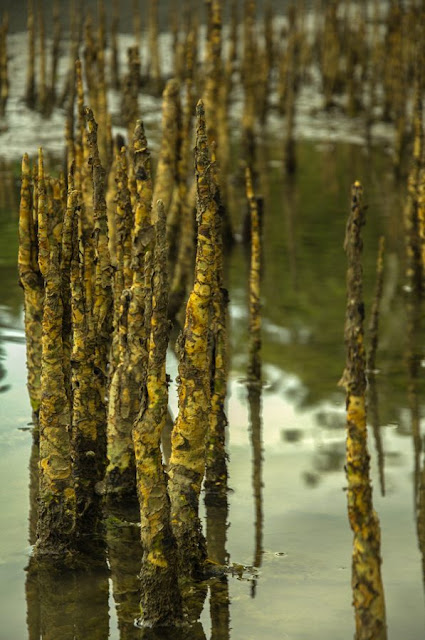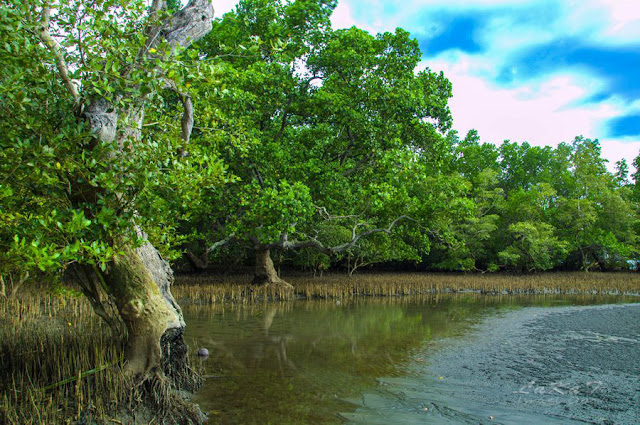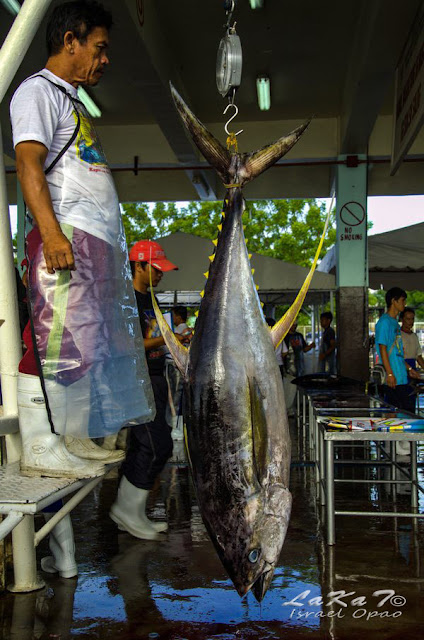Everytime i visit my hometown Gensan, my day is empty without tasting our local delicacies made of tuna which we called "SITOKIL" a shorten word from a delicacies of "Sinugba, Tola or Tinola and Kinilaw" Sinugba- a grilled cook procedure from some part of tuna specifically Tuna jaw or "Panga" and Belly or "Tiyan". Tola- it is simply favorite local dish soup from tuna meat or tuna head combined with selected ingredients and vegetables, and ginger or lemon grass gives broth tasty and flavorful. Kinilaw- it is a fresh and raw dish preparation of Tuna meat, mixed with vinegar and other ingredients with ginger, cucumber and other spices.
A HAPPY FACE
A diligent laborer carrying a 220 pounds of tuna still managed to smile and pose.
Moon fish Tuna
I HAVE WEIGHTED YOU FOR SO LONG
This tuna weights 209 pounds or 95 kilograms... There are diffirent varieties of tunas freshly hauled out from the boats to the port of Gensan such as; Little tunny (Euthynnus Alletteratus) known as mackerel tuna, skipjack tuna (Katsuwonus Pelamis), yellow fin tuna (thunnus Albacares), blue fin tuna (Thunnus thynnus), big eye tuna (Thunnus obesus), Tuna Blue Marlin (Makaira Nigricans) and the seasonal catch tuna moon fish or Diana.



As early as 1970, General Santos City has been tagged as the “Tuna Capital of the Philippines”. The total daily catch of adult and juvenile tuna unloaded in the city can surpass that of any other fishport or even the entire unloadings of all other fish ports in the country combined (Aprieto, 1995). The daily catch is easily disposed for foreign and local buyers. The city, being the sanctuary of seven (7) tuna canning factories with an average daily capacity of 750 MT per day and employs around 7,800 plant workers (GEM) the volume of catch on a per day basis is even insignificant as to the distribution of the market.
As of September of the previous year alone, the total catch has reached a voluminous 5,031, 866 kilos where ‘sashimi” grade adult tuna comprises 35 % or about 1,774,922 kilos. The locally distributed adult tuna for local consumption ate the largely 65% chunk and distributed to neighboring cities of Davao, Bukidnon, Cagayan de Oro, Surigao, South Cotabato and as far Japan and the U.S., skipjack for canned markets in Europe and North America.Gensan Website
My official photo entry for the Human Activity Category topped as First Place-Gold Medal... Thank you very much for the Admin officials and General Manager of Gensan Fish port Complex for granting me to conduct photo shooting inside the Fishport.
ABUNDANT BLESSINGS
General Santos City is known for this kind of tuna. The seas are abundant with this and serve as the main source of income of the city and the reason for its reputation. Around 280 metric tons of tuna a day was captured and landed on the General Santos Fish port, with an annual production volume of 2.4 million metric tons of fish, it directly provides livelihood and employment to over one million Filipinos. Tuna is among the 200 or so species of fish found in the country that have high commercial value. The Philippines ranks 7th among the top tuna producing countries in the world, both in terms of fresh/frozen tuna and canned tuna.
From fishport to the market. this merchant bid for a price of tuna and sell it to the public market of Gensan.
Security wise? Fish port is a highly secured area, you are not allowed to enter on their premises wearing a slippers, it should be properly attire with shoes even the workers inside, and if you are about to enter into the activity areas you will be required to wear a boots, if you don't have one there's a rental you can ask with for a P20.00. Fish port now forbids somebody to take some photos inside without the permission from the Admin office, to avoid and prevent further usage of photos in social networks which have negative feed backs and also for security and safety purposes of the place as well.
Gensan Fish port is a must to visit destination in Gensan, from the city proper you can go with a taxi, more or less they might charge you P300.00. There's a jeep in the town proper with a signboard going to Tambler will cost P15.00 or less or a "Habal-habal" a single motorcycle kind of transportation, passenger is at the back ride for P100.00 it depends on how you are good to haggle the price.















































